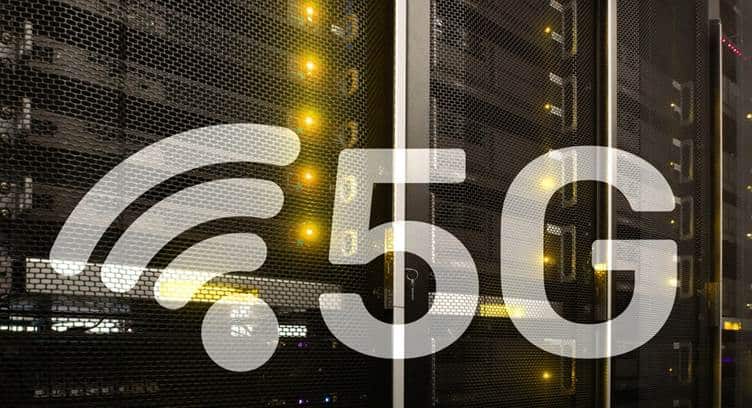NGMN and Wireless Broadband Alliance (WBA) have published the first results of their collaboration to drive the convergence of multi-technology RANs and core networks.
The joint report identifies a number of emerging opportunities and use cases that the industry can benefit from through the convergence of 3GPP’s 5G and Wi-Fi, driven by the ever-enhancing capabilities of licenced and unlicensed technologies. It also highlights the key challenges, which must first be addressed in order to realise convergence over 3GPP Access and Wi-Fi – including tighter integration of Wi-Fi access in 5G networks, network manageability and policy control, and the enablement of Wi-Fi-only devices.
Wi-Fi and cellular ecosystems have traditionally followed their own development paths. The latest versions of each technology have greatly enhanced capability compared with early offerings, with Wi-Fi 6 and 3GPP’s 5G, encompassing New Radio (NR) and LTE from Release 15 onwards, as well as the 3GPP 5G Core. However, as society increasingly depends on fast reliable data connectivity, NGMN and WBA believe an important capability for the industry is the convergence at a network level between 5G and Wi-Fi, so that the unique and complementary capabilities of both RANs can be leveraged to provide seamless network services. Bearing in mind that a significant amount of data traffic from smartphones use a Wi-Fi access, this will lead to a better user experience and create new business opportunities for both Wi-Fi and cellular providers.
The report identifies a number of use cases and verticals that may require combined resources from both 5G and Wi-Fi networks in providing cost effective solutions that meet diverse sets of requirements on throughput, latency, connection density, coverage, availability and reliability. For example, enterprise services on cellular networks, and in particular, those that the 5G Core enables, may require a new look at the use of an access neutral mechanism for a number of reasons. These include gaps in coverage, the proliferation of indoor and outdoor Wi-Fi deployments, and potential for multi-site enterprise environments.
Dr. Peter Meissner, CEO, NGMN Alliance
Convergence of 5G and Wi-Fi can potentially bring major benefits to cellular operators, enterprise Wi-Fi and public Wi-Fi solution providers, giving access to 5G and enterprise services from both Wi-Fi and 5G access networks.
Tiago Rodrigues, GM of WBA
Wi-Fi 6 introduces new capabilities for carriers, cities and enterprises to cost effectively provide additional coverage and capacity, mainly indoor, to address the 5G use case requirements. Now it’s time to fully capitalize on these capabilities by delivering a clear strategic path for converged RAN deployments.


















